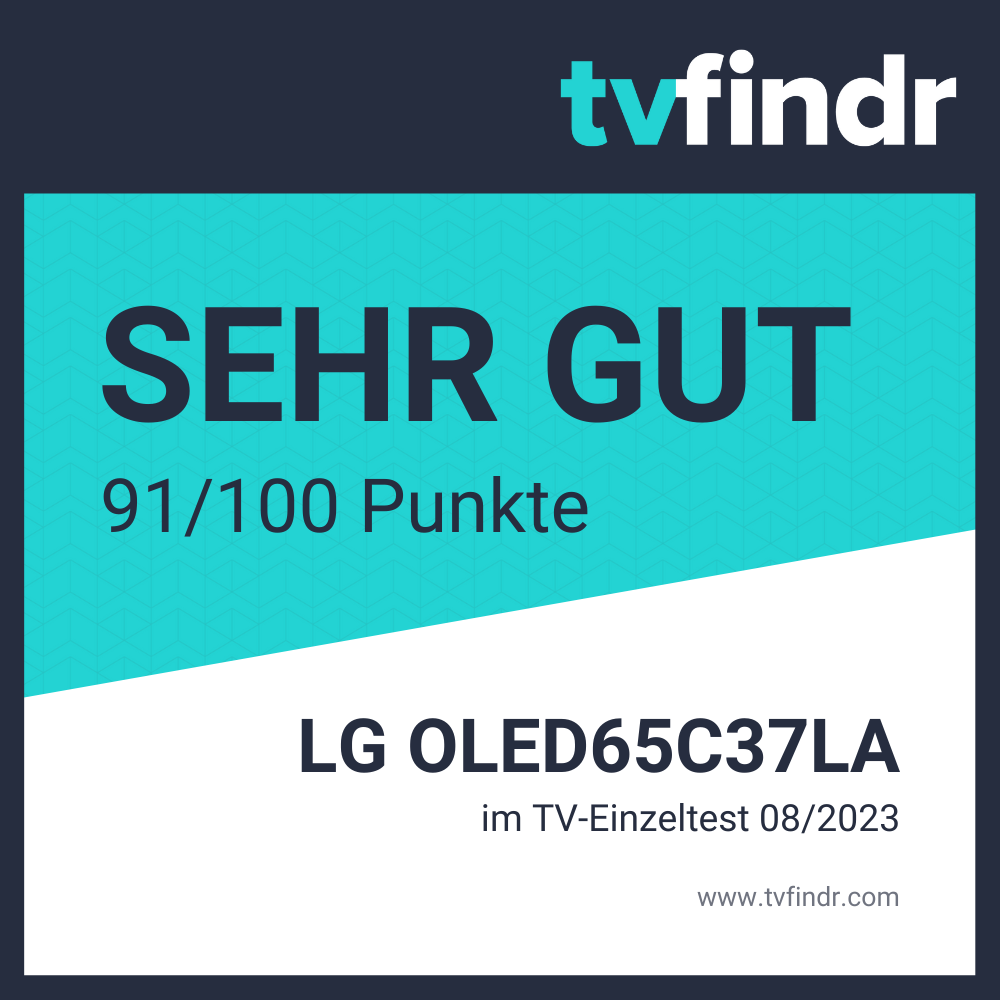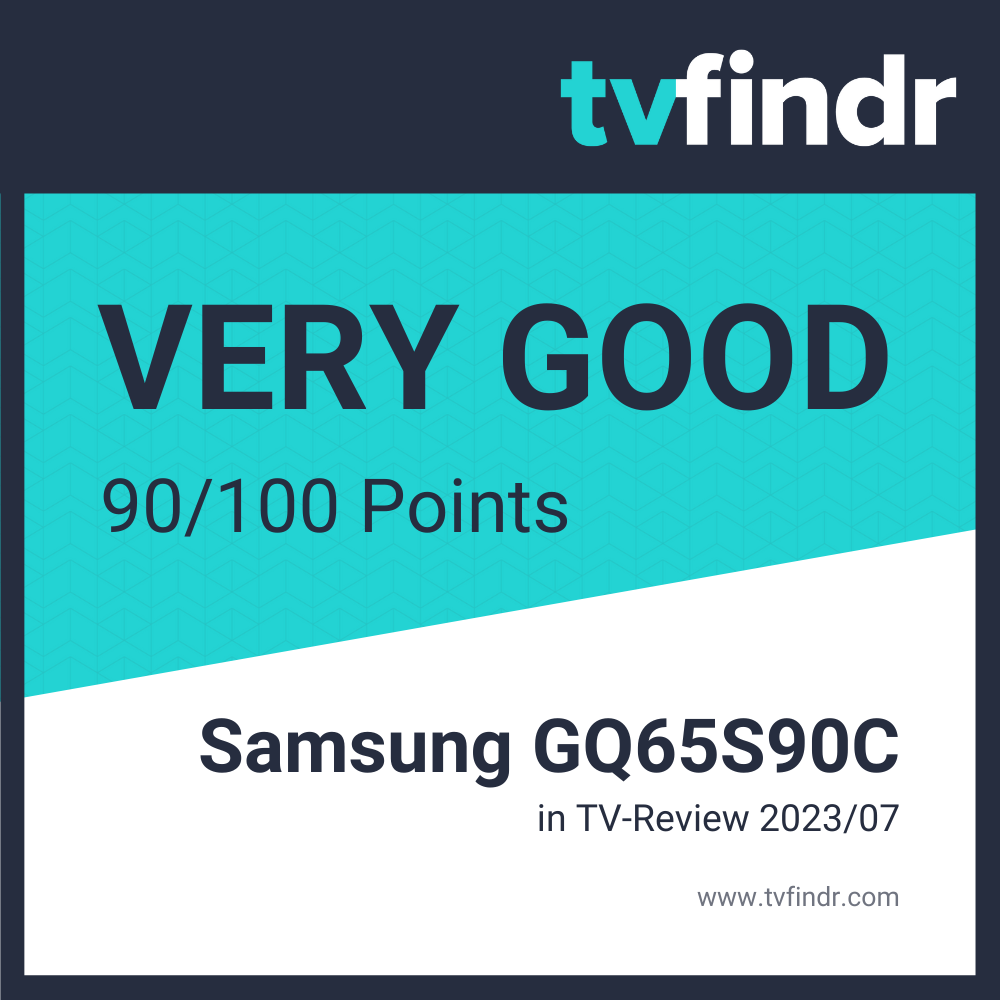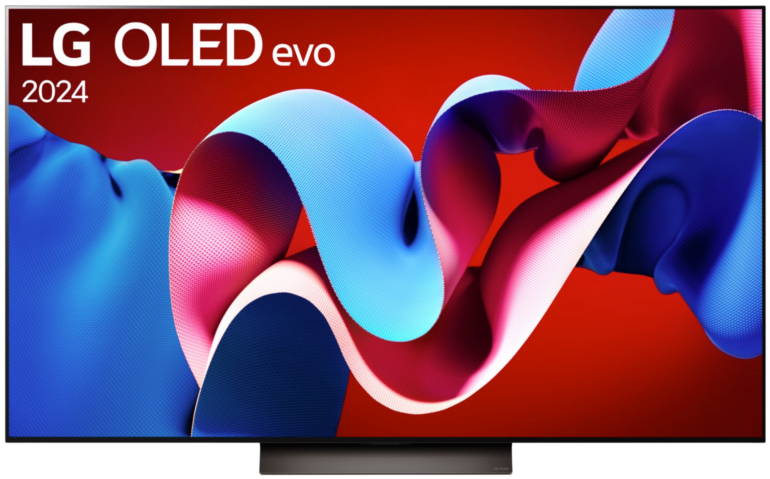LG OLED evo C3 vs Samsung S90C QD-OLED TV comparison 2023/06
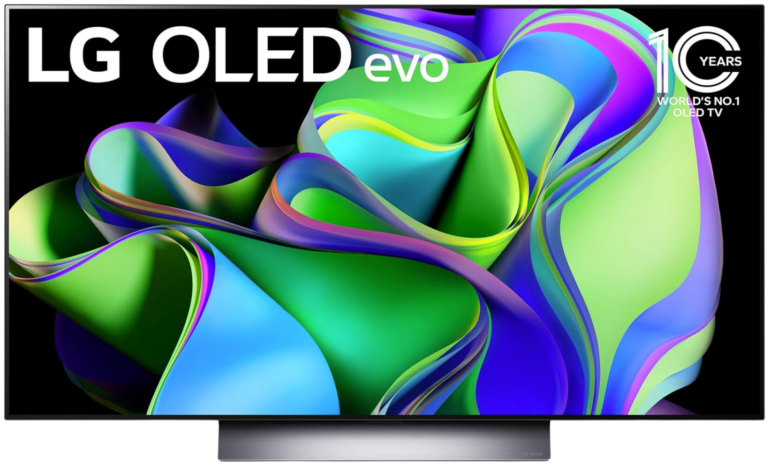

Hey! If you buy through our links, you support our project. It won't cost you a cent more! Many thanks in advance! ♥️
LG OLED evo C3 and Samsung S90C QD-OLED compared – Which TV is better?
Detailed comparison: LG OLED evo C3 or Samsung S90C QD-OLED
Visible reduction of direct light incidence
Both the C3 and the S90C have a reflective coating that reduces glare. The Samsung model is really good in this respect and reduces direct light nicely.
In contrast to the larger G3, the smaller brother avoids a large part of the violet colour cast and at the same time ensures less intense reflections on the panel. With the QD OLED, on the other hand, you see a pinkish hue as soon as the device is switched off.

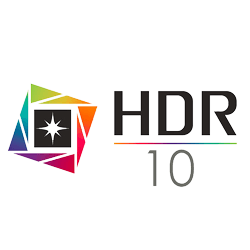
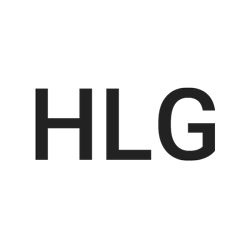
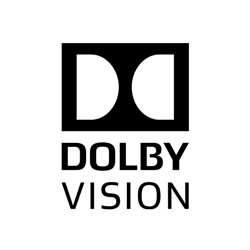




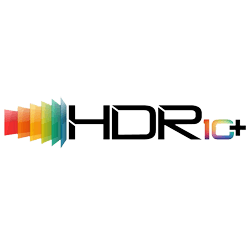
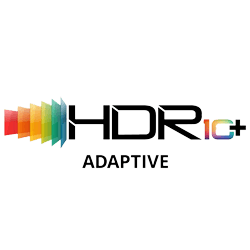
Consistent quality for all
OLED TVs are known to offer amazingly wide viewing angles, which are clearly one of the advantages of this technology. As a result, quality losses are practically non-existent on both devices.
So you can comfortably watch the screen in larger company without having to worry about quality disadvantages due to an unfavourable positioning relative to the screen. However, if you regularly watch in a large group, a size of over 70 inches might make sense.



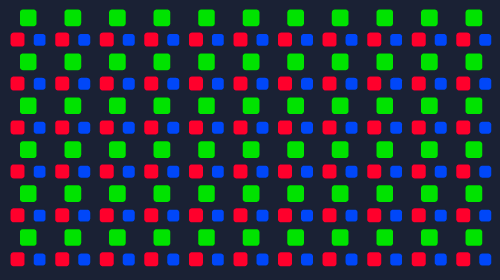


Hardly any differences worth mentioning
When using the smaller SDRStandard Dynamic Range – image/video with a conventional gamma curve (opposite: HDR) – “normal” videos colour space, the C3 in particular achieves a better result across the entire screen surface. As expected, smaller areas of brightness are not reproduced that brightly.
While the automatic brightness limiter on the LG – even compared to its predecessor – is not quite as aggressive, the function on the S90C dims the picture brightness visibly more to the disadvantage of displaying bright picture content.


Increased dimming on the Samsung
While the C3 is not quite in the upper brightness range, the Samsung S90C generally manages to jump above 1000 nitsSI unit of luminance: 1 nit = 1 cd/m2 – The best way of measuring and comparing a TVs brightness . On the other hand, the LG shows less ABL aggressiveness during longer viewing of bright HDRHigh Dynamic Range – image/video with more dynamic range (contrast range) content. Samsung’s QD OLED does feature particularly vivid highlights, but large bright scenes are then clipped harder by the automatic brightness control.
However, the luminance on the panel cannot compete with the values of the step-up model. Despite the progress in the OLED sector over the past few years, the technology is still only suitable to a limited extent for viewing in bright and very bright lighting conditions.










Wide range of equipment for your home cinema
Optimal black levels without disturbing blooming effects and access to popular streaming services are available on both devices. However, you will find differences in the support of HDRHigh Dynamic Range – image/video with more dynamic range (contrast range) formats: While LG uses Dolby VisionDynamic HDR-format with a color depth of up to 12 Bits and Mastering of up to 10,000 Nits as usual, including the ambient light-dependent IQ variant and classic HDR10HDR10 Media Profile – HDR with a color depth of 10 Bit in the Rec. 2020 colorspace, Samsung offers HDR10+License-free, dynamic HDR-format in competition with Dolby Vision and HDR10+ Adaptive. It saves on the licensing of the Dolby standard. IMAX content is not supported either.



Equipped with lots of gaming functions
If you are looking for a TV with low input lag and expect a fast response time, both TVs are an attractive option for you. If you have a powerful computer, you can even push the panel up to a refresh rateHertz is the derived SI-unit of frequency with 1Hz=1/s – When talking about TVs this means how many different pictures a TV can display in one second. of 144 hertz with the S90C.
An additional set of features such as variable frame rate, AMD FreeSyncVariable Refresh Rate with AMD graphics cards or consoles and Nvidia G-SyncVariable Refresh Rate for Nvidia graphics cards further enhances the package in this area. Fans of Dolby VisionDynamic HDR-format with a color depth of up to 12 Bits and Mastering of up to 10,000 Nits Gaming can look forward to corresponding support. However, this applies to the TV from LG. Samsung continues not to offer the format.

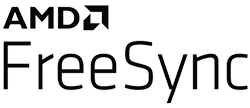
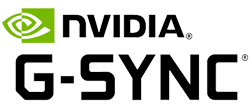



Sharp and smooth
With interpolationArtificial calculation of more frames than the source material has to offer switched on, you get a frame rate of 120 hertz in normal TV mode. Sporting events with a lot of movement and fast camera pans can thus be output clearly and without any noteworthy motion blur.
Thanks to the uniform display of colour areas, the screens also ensure a clean display of game fields. So you don’t have to fear spot islands or unclean colour gradients.
Versatile equipped
Both the LG and the Samsung provide you with several voice assistants at the same time. Among them are Alexa and Google. In the S90C, you can also use Bixby. On the C3, you will get the counterpart called ThinQ. Both models have an ultra-slim casing design.
Thanks to Q-Symphony, you can add compatible speakers to your setup. In principle, this is also possible via the WiSA Standard on the C series model – for example, with the C39LC sales variant.
You can output uncompressed Dolby AtmosObject-based surround sound format with 3D-Sound from any direction sound via eARC. DTSMulti-channel-sound-system (Surround Sound) competing with Dolby Digital:X, on the other hand, is only an option on the LG. But there it is only available as a forwarded sound signal. Direct output via the TV speakers is not possible. In terms of size diversity, the QD family is smaller overall, having only three sizes available.



integriert

integriert


kompatibel

integriert
Our conclusion:Sharper brightness vs slight downgrade
Both models present an anticipated typical OLED quality, which is characterised by deep blacks, high contrast and wide viewing angles. Despite more aggressive brightness dimming, the QD TV stands out slightly in our comparison between the LG OLED evo C3 vs Samsung S90C QD-OLED.
When it comes to gaming, the TVs score with low lag, fast response time and features like a dynamic picture sync and of course 4K at a refresh rateHertz is the derived SI-unit of frequency with 1Hz=1/s – When talking about TVs this means how many different pictures a TV can display in one second. of 120 hertz.
In summary, both the LG OLED evo C3 and the Samsung Q90C QD-OLED are reliable TVs with strong specifications. Ultimately, the decision for one of these devices will depend on individual preferences and needs.
